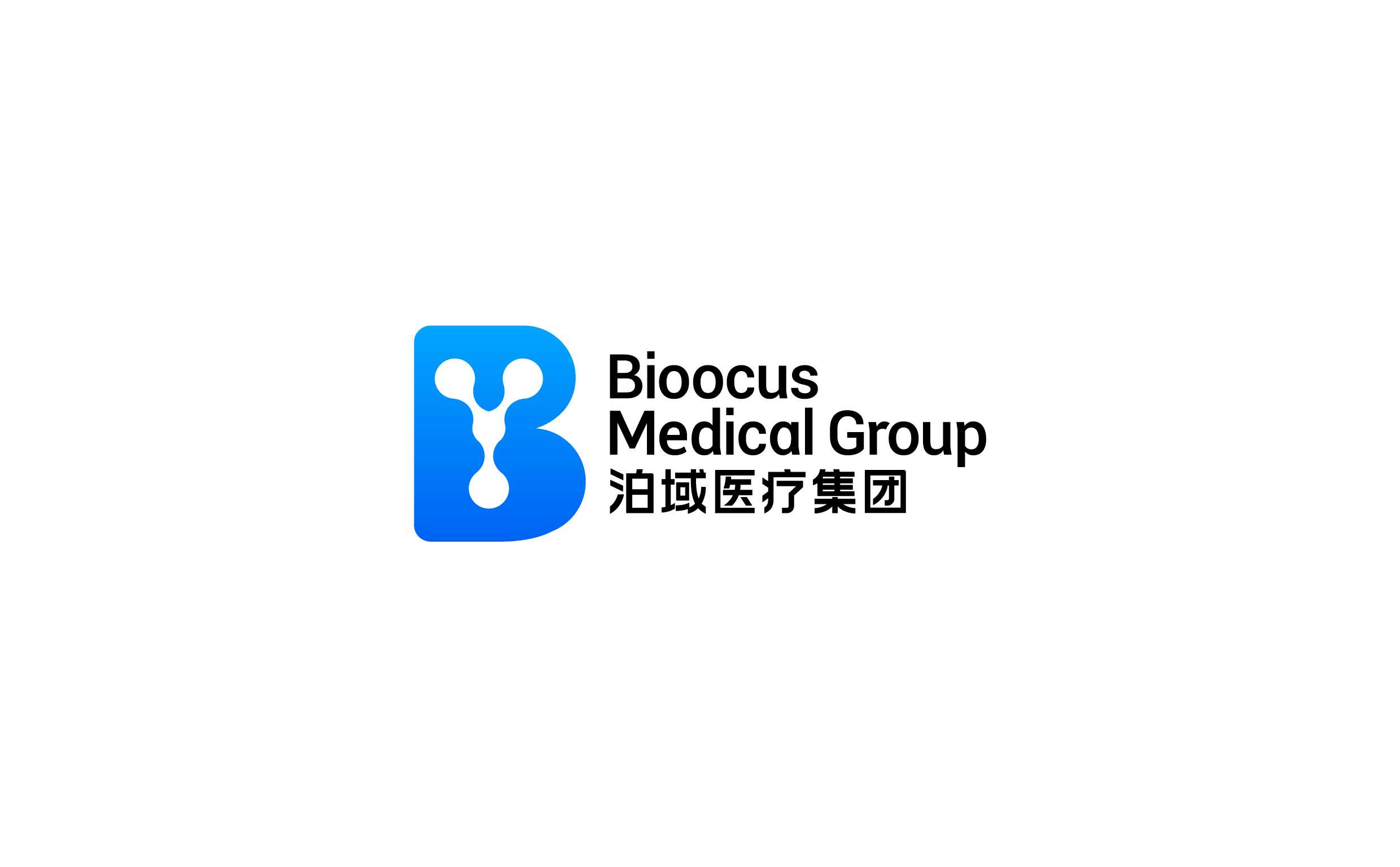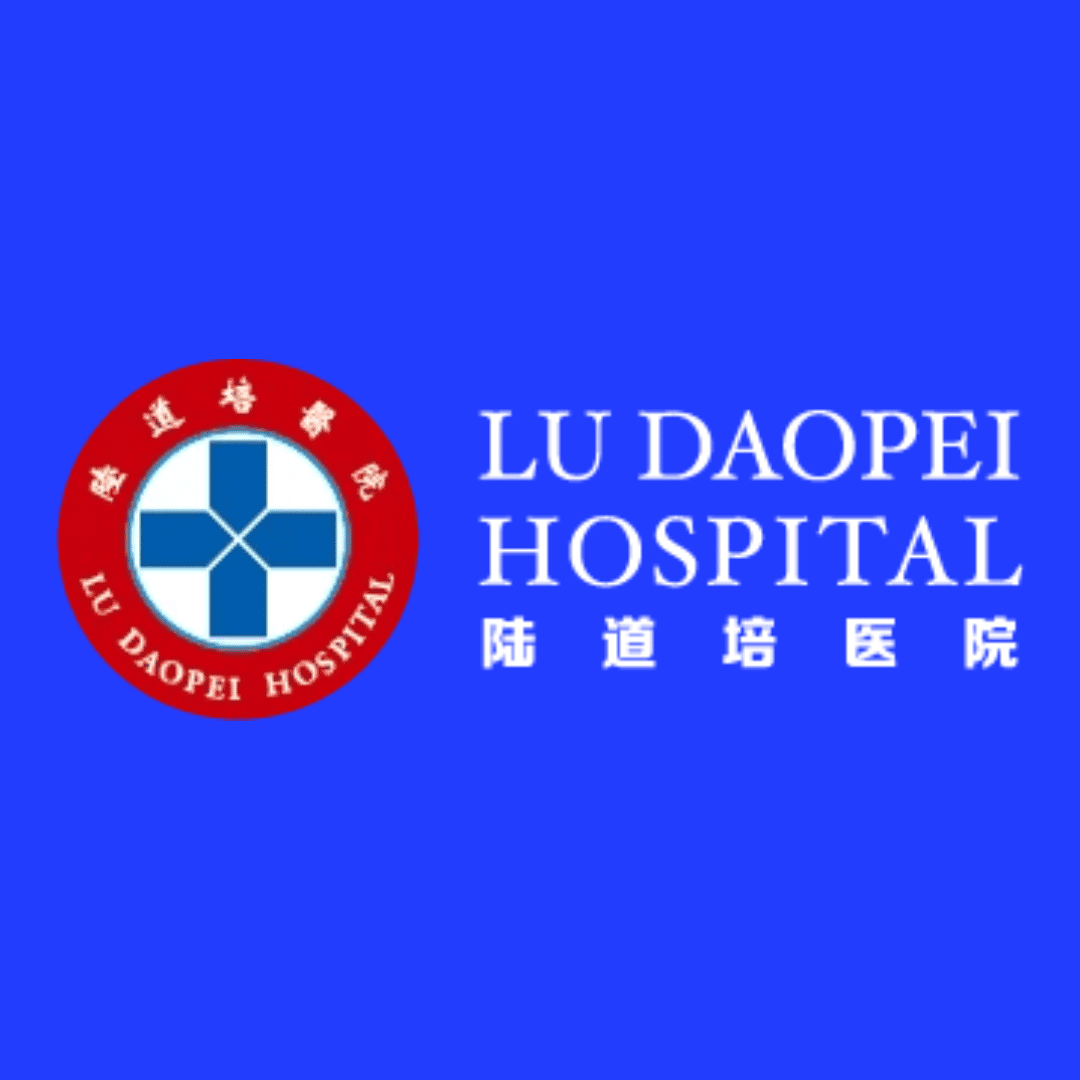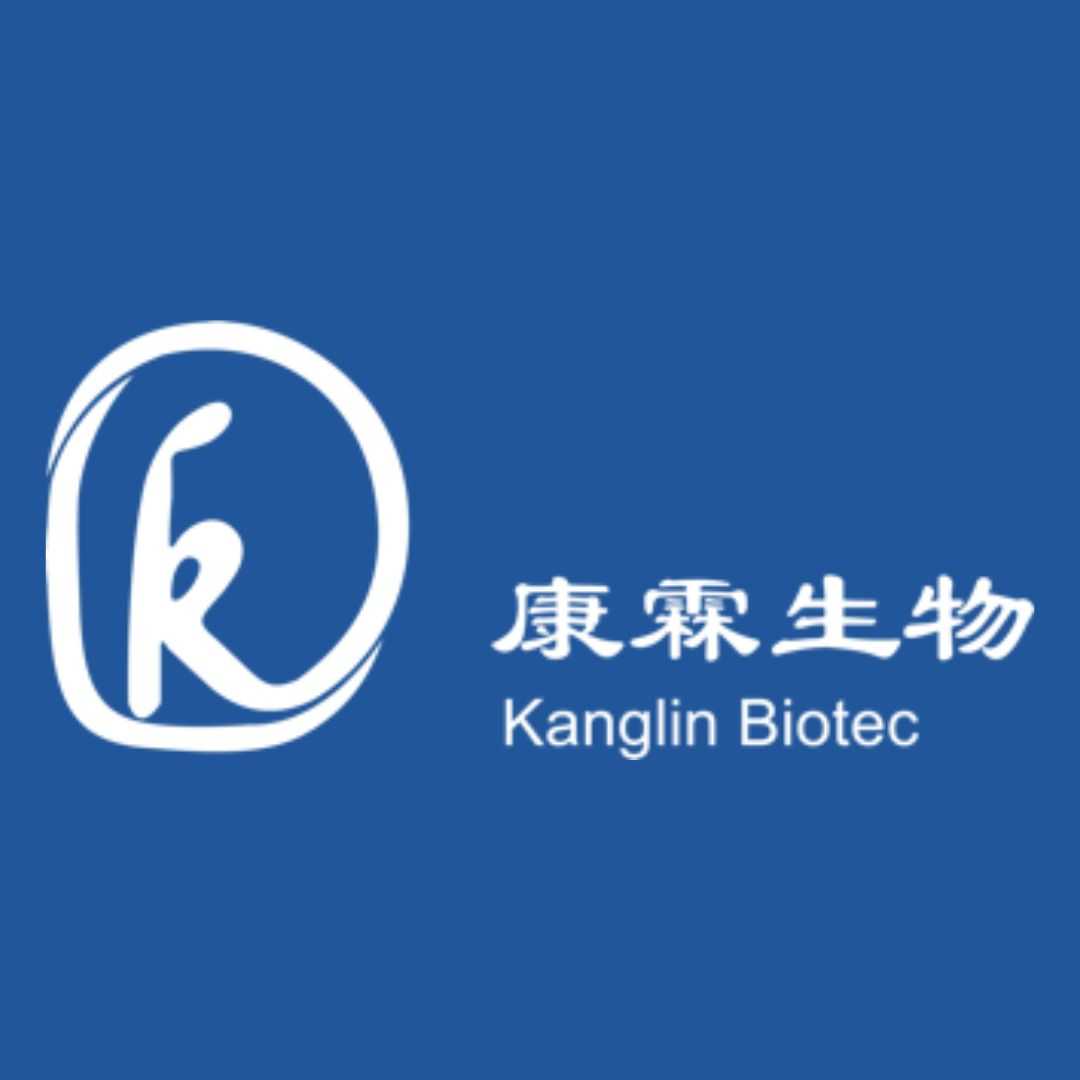Understanding the CAR-T NHL China Success Rate
.jpg)
Welcome to an in-depth look at CAR-T cell therapy, a groundbreaking treatment revolutionizing cancer care, particularly for non-Hodgkin lymphoma (NHL).
If you or a loved one are facing an NHL diagnosis and exploring all available options, understanding CAR-T (Chimeric Antigen Receptor T-cell) therapy is crucial.
This advanced approach harnesses a patient's own immune cells to fight cancer, offering a new path when traditional treatments may not be enough.
China has emerged as a significant player in the field of CAR-T research and clinical application, with numerous institutions and companies actively developing and offering this innovative treatment.
Many people are searching for reliable information on the effectiveness of CAR-T NHL treatment in China, its availability, and what success rates truly look like.
We’re here to provide clarity on these vital questions, helping you navigate the complexities of this cutting-edge therapy with expert insights.
What are the overall success rates for CAR-T NHL treatment in China?
The success rates for CAR-T cell therapy in China for non-Hodgkin lymphoma (NHL) are generally very encouraging, aligning closely with global outcomes for this advanced treatment.
For patients with relapsed or refractory NHL, meaning the cancer has returned or resisted previous treatments, CAR-T therapy offers a significant chance for a positive response.
Clinical trials and real-world data from major medical centers across China report overall response rates (ORR) that can reach 70-90%, with a substantial portion of these being complete remissions (CR).
For instance, studies on large B-cell lymphoma (DLBCL), a common NHL subtype, have shown complete remission rates in the range of 40% to 70% within months after treatment.
These rates reflect the therapy's ability to eradicate detectable cancer cells in a significant number of patients, providing a durable response that can lead to long-term survival.
How do CAR-T success rates in China compare to Western countries?
When comparing CAR-T success rates, it's essential to look at the overall landscape of clinical research and approved therapies.
China has rapidly advanced its biotechnology sector, investing heavily in CAR-T cell therapy development. This has led to the emergence of several domestic CAR-T products and research initiatives.
Current data indicates that the efficacy and safety profiles of CAR-T treatments developed and administered in China are generally on par with those from leading institutions in the United States and Europe.
For instance, complete remission rates for specific NHL subtypes like relapsed/refractory DLBCL often fall within the same range (e.g., 40-70%) across different regions.
While specific trial designs and patient populations can vary, leading to slight differences in reported percentages, the fundamental capability of CAR-T therapy to achieve deep and durable responses remains consistent globally, including in China.
What types of NHL respond best to CAR-T therapy in China?
CAR-T cell therapy has shown remarkable efficacy primarily in specific types of B-cell non-Hodgkin lymphomas, particularly those that are aggressive or have relapsed multiple times.
The most extensively studied and successfully treated NHL subtype with CAR-T in China, as elsewhere, is Diffuse Large B-Cell Lymphoma (DLBCL), especially in its relapsed or refractory setting. For these patients, CAR-T offers a crucial alternative when other treatments have failed.
Other NHL subtypes that have shown promising responses to CAR-T therapy in China include:
- Primary Mediastinal Large B-Cell Lymphoma (PMBCL): This aggressive lymphoma often responds well to CAR-T, similar to DLBCL.
- Transformed Follicular Lymphoma (tFL): When indolent follicular lymphoma transforms into a more aggressive form, CAR-T can be a highly effective treatment option.
- Mantle Cell Lymphoma (MCL): While not as widely approved as for DLBCL, CAR-T therapies are increasingly being explored and showing positive outcomes for relapsed/refractory MCL in clinical trials in China.
It's important to note that ongoing research continues to expand the scope of CAR-T application to other NHL subtypes, constantly refining patient selection for optimal outcomes.
Are there specific CAR-T cell therapies approved for NHL in China?
China's National Medical Products Administration (NMPA) has approved several CAR-T cell therapies for non-Hodgkin lymphoma, reflecting the country's commitment to advancing cancer treatment.
These approvals include both products that have also gained approval in Western countries and therapies developed by Chinese biopharmaceutical companies.
One notable example is Axicabtagene Ciloleucel (Yescarta), which was among the first CAR-T therapies to receive NMPA approval for relapsed/refractory DLBCL and PMBCL in China. This therapy has shown consistent efficacy in global trials.
In addition to international products, Chinese companies have developed their own innovative CAR-T treatments, some of which have completed or are in late-stage clinical trials, demonstrating competitive efficacy and safety profiles.
The availability of multiple CAR-T options provides more choices for patients and contributes to a robust therapeutic landscape in China.
What are the common side effects of CAR-T treatment for NHL in China?
While CAR-T therapy offers remarkable benefits, it can also come with significant side effects due to its potent immune activation.
These side effects are generally well-understood and managed by experienced medical teams in CAR-T specialized centers in China, similar to practices worldwide.
The two primary categories of side effects are:
| Side Effect | Description | Symptoms |
|---|---|---|
| Cytokine Release Syndrome (CRS) | A systemic inflammatory response caused by the rapid activation and proliferation of CAR-T cells, releasing cytokines. | Fever, chills, low blood pressure, difficulty breathing, headache, rapid heart rate, fatigue. Most cases are mild, but severe CRS can be life-threatening. |
| Immune Effector Cell-Associated Neurotoxicity Syndrome (ICANS) | Neurological toxicities resulting from the CAR-T cells crossing the blood-brain barrier or due to systemic inflammation. | Headaches, confusion, tremors, speech difficulties (aphasia), seizures, or encephalopathy. These can range from mild to severe. |
Management strategies involve corticosteroids and specific immunomodulatory drugs like tocilizumab for CRS, and supportive care for ICANS. Patients typically require hospitalization for several weeks post-infusion for close monitoring.
How long do the benefits of CAR-T treatment for NHL typically last?
For patients who achieve a complete response to CAR-T cell therapy, the benefits can be remarkably durable. Unlike some other therapies where remission might be temporary, CAR-T cells can persist in the body for an extended period, providing ongoing surveillance against cancer cells. This persistence is key to long-term remission and potential cure.
Studies have shown that for patients with aggressive non-Hodgkin lymphoma who achieve a complete remission after CAR-T, approximately 30-40% remain in remission at two years, and many beyond that.
While not every patient will experience a permanent cure, the potential for several years of cancer-free life, especially for those with previously intractable disease, represents a significant advance. Ongoing research in China and globally continues to investigate ways to improve the persistence of CAR-T cells and further extend the duration of treatment benefits.
What is the typical cost of CAR-T NHL treatment in China?
The cost of CAR-T cell therapy is a major consideration for many patients, especially those traveling for medical treatment.
In China, while generally more affordable than in Western countries, CAR-T treatment still represents a substantial investment due to its complexity and personalized nature. The price can vary widely based on several factors:
- Type of CAR-T Product: Whether it's an internationally approved therapy or a domestically developed one can influence the cost.
- Hospital and Location: Premier hospitals in major cities might have higher costs compared to others.
- Pre-treatment and Post-treatment Care: This includes diagnostic tests, chemotherapy for lymphodepletion, hospitalization during and after infusion for monitoring side effects, and any necessary medications.
- Individual Patient Needs: The severity of side effects and length of hospital stay can impact the overall expenses.
While costs can be substantial, China's competitive market and governmental support for domestic innovation sometimes make these advanced therapies more accessible than in regions where prices can exceed $300,000-$500,000 USD.
It's crucial for international patients to get a comprehensive cost estimate from the chosen medical facility, covering all aspects of the treatment plan.
What factors influence the success of CAR-T therapy for NHL patients?
CAR-T therapy is a highly personalized treatment, and its success is not guaranteed for every patient. Various biological and clinical factors play a significant role in determining how well an individual with non-Hodgkin lymphoma will respond to the therapy. Understanding these factors can help patients and their families set realistic expectations.
Key influencing factors include:
- Lymphoma Subtype and Genetics: Some NHL subtypes, like DLBCL, respond more consistently. Genetic mutations within the lymphoma cells can also affect sensitivity to CAR-T.
- Prior Treatment History: Patients who have received multiple lines of aggressive prior therapies may have a lower chance of success, partly due to compromised T-cell health or increased disease resistance.
- Disease Burden: A lower tumor burden (less cancer present in the body) before CAR-T infusion is generally associated with better outcomes.
- Patient's Overall Health (Performance Status): Patients in better general health are often more resilient to the potential side effects of CAR-T and better able to complete the treatment course.
- Quality and Potency of CAR-T Cells: The manufacturing process and the characteristics of the infused CAR-T cells (e.g., their proliferation capacity and persistence) are critical for efficacy.
- Bridging Therapy: The type and effectiveness of therapy given to control the cancer while CAR-T cells are being manufactured can also impact outcomes.
These elements are carefully assessed by medical teams to determine patient eligibility and predict potential responses.
Can international patients access CAR-T NHL treatment in China?
China has become an attractive destination for medical tourism, particularly for advanced therapies like CAR-T cell treatment.
Many hospitals in major cities like Beijing, Shanghai, and Guangzhou are internationally accredited and have dedicated departments or protocols for international patients seeking CAR-T for non-Hodgkin lymphoma.
These facilities often boast state-of-the-art infrastructure, highly trained medical professionals, and experience in managing the complexities of CAR-T therapy and its potential side effects.
The process usually involves initial consultation and medical record review, visa application support, and arrangements for accommodation and interpreters.
Patients considering treatment in China should research hospitals with strong oncology and hematology departments that have established CAR-T programs and a track record of treating international patients.
Organizations specializing in medical tourism can also facilitate this process, providing guidance and support throughout the journey.
What support is available for international patients seeking CAR-T in China?
For international patients venturing abroad for complex medical procedures like CAR-T for non-Hodgkin lymphoma, robust support systems are essential.
Chinese hospitals and medical tourism facilitators understand these needs and often provide a range of services to ensure a smooth and comfortable experience.
Typically, the support available includes:
- Medical Document Management: Assistance with translating medical records and reports into Mandarin for the treating physicians, and vice-versa for patient understanding.
- Visa and Travel Logistics: Guidance and necessary invitation letters for obtaining medical visas, along with coordination for flights and airport pickups.
- Accommodation and Local Transport: Help in arranging suitable accommodation near the hospital, whether it's a hotel or serviced apartment, and local transportation.
- Language Support: Professional medical interpreters are usually available to ensure clear communication between the patient, their family, and the medical team throughout consultations and treatment.
- Patient Navigators: Some centers offer dedicated patient navigators who guide international patients through the entire treatment process, from admission to discharge and follow-up.
- Cultural Adaptation: Advice and support for adapting to local customs and accessing necessary amenities during their stay.
These services aim to alleviate the logistical burdens, allowing patients to focus entirely on their treatment and recovery.
If you're considering CAR-T NHL treatment in China or exploring other advanced healthcare options, explore PlacidWay. We connect patients with leading medical facilities and treatments worldwide, providing comprehensive solutions for your medical tourism needs.


.png)
.png)





Share this listing